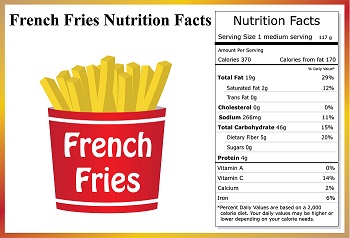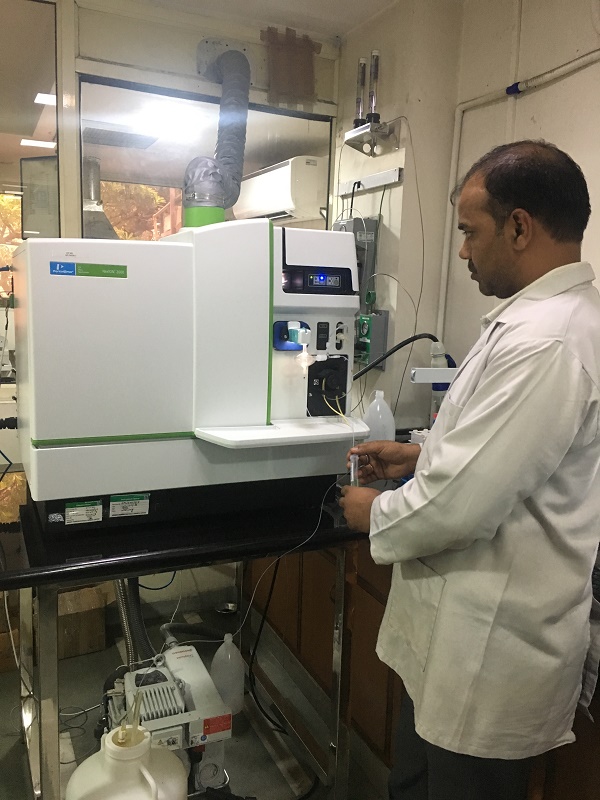ICP – MS: A versatile tool for Trace Element studies


A brief introduction to the commonly used techniques was provided in the earlier related articles Which Technique should I use for trace metal analysis and Which Elemental analysis technique is right for me. ICP – MS has earned a top position and has been acclaimed as a reliable and highly accurate option. The reasons for this have already been covered in the referenced articles.
The scope of ICP – MS in two major application areas, namely, pharmaceuticals and foods is briefly outlined below:
Pharma
ICP – MS is used extensively in the pharmaceuticals industry to quantitate metallic impurities in active pharmaceutical ingredients (API). The information obtained from such experiments can aid in synthesis and purification decisions for setting impurity specifications.
The classical determination of total elemental concentration may no longer be required to evaluate the risk of metallic residuals as the toxicity of metal varies with the oxidation states. Analysis of oxidation states is achieved by combination of HPLC and ICP-MS.
Food & Beverages
The widespread role of metal ions in health range from the requirement for intake of essential trace elements to toxicity associated with metal overload. Numerous studies have quantified levels of toxic metal ions in common foodstuffs. Despite regulatory controls, numerous sources of metal ingestion have been recently reported including contaminated drinking water, seafood, breast milk, milk products, meat products, and beverages. ICP – MS has the capability to provide required detection levels of trace materials in such products. In addition to the endogenous metal ion content of foodstuffs, numerous steps during processing and packaging may add to the metal ion load. Many of the toxic effects associated with metals are still under investigation, especially for low concentrations and for lifelong exposure.
The advantages offered by ICP-MS are expanding its scope of applications in diverse application areas. As already mentioned the reliability and accuracy of the technique is established beyond doubt but extra care should be taken in sample preparation and handling to avoid cross-contamination which can be a major source of error particularly for ultra trace determinations.






Responses